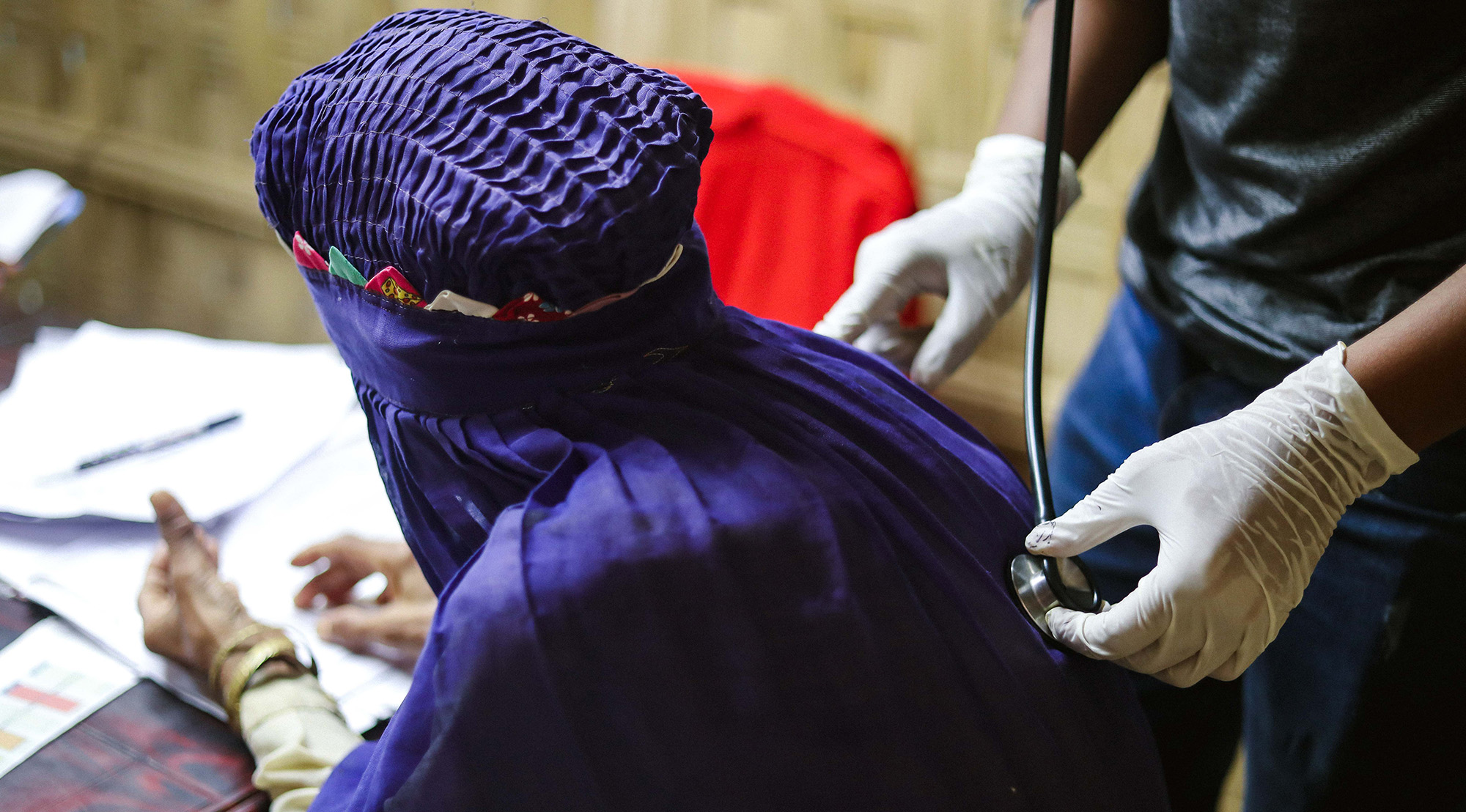It’s a question we don’t often ask. Yet most humanitarian contexts are multilingual, and marginalized sections of society are less likely to speak a national or international language. A recent study highlights language exclusion for the Rohingya community.
Translators without Borders (TWB) has been providing language support to the Rohingya refugee response in Bangladesh since 2017. Research and consultation with refugees and humanitarians identify language and communication pitfalls. This informs terminology resources, translations, pictorial and audiovisual tools, guidance and training for staff and volunteers to improve the communication capacity of the response.
In a new study, TWB assesses the implications of communication challenges for Rohingya communities on both sides of the Bangladesh/Myanmar border. This examines how language barriers affect their access to quality services in Cox’s Bazar and Sittwe.
It finds that monolingual Rohingya in both countries are disadvantaged in their access to quality humanitarian services. Most of the population speak only Rohingya. Women, people from rural areas, recently arrived refugees, and less educated individuals are most likely to be monolingual.
Unable to speak the languages of humanitarian responders, monolingual Rohingya depend crucially on bilingual intermediaries. Without them, they cannot make their needs and concerns known, access information, or engage with decision-makers.
But the intermediaries – chiefly Chittagonian speakers in Bangladesh, and Rakhine speakers in Myanmar – are largely unprepared for this role. Many lack training, guidance and resources to develop their understanding of the Rohingya language and culture. Nor do they generally receive training in interpreting and cultural mediation.
As a result, intermediaries miss verbal and non-verbal cues that could help them better understand what service users mean. They hold separate bilateral conversations with service providers and users, rather than facilitating direct engagement between the two. And the control this gives the intermediary over what information is relayed, prompts distrust on both sides. Trust and communication break down, and too often people in need of support are left ill served and frustrated.
This reduces access to quality services and compounds existing tensions with neighboring communities. Social cohesion programming geared to Myanmar and Rakhine speakers cements exclusion and misses opportunities to build bridges.
Humanitarian organizations are largely unaware of these dynamics and their impact on the reach, effectiveness, and accountability of their programs. A survey of humanitarian staff in both contexts found that they generally overestimate the language skills of the Rohingya community and the similarities between Rohingya and other languages. Service providers interviewed also saw language barriers as less serious than did Rohingya respondents.
These should be serious concerns for the humanitarian response in both Bangladesh and Myanmar. But solutions exist. They include:
– Communicating clearly, avoiding jargon and applying plain language principles
– Building the language skills and cultural awareness of staff
– Planning services to allow time for interpreting and crosscultural communication.


